HP Multi Jet Fusion technology
HP Multi Jet Fusion technology is an innovative 3D printing method that allows rapid and accurate manufacturing of durable parts with excellent surface finish.
It is experiencing rapid global expansion and increasingly preferred by businesses as a substitute for injection moulding.

Advantages of the technology
Why is Multi Jet Fusion chosen by numerous companies?
Industrial durability
Consistent dimensions
Enhanced productivity
Complex
designs
Cost-effectiveness
Versatile applications
Smooth surface
A global leader
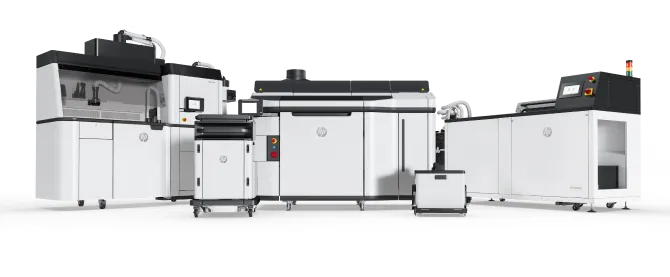

Multi Jet Fusion's operating principle
See how HP technology works
By utilising polymer powder and an exceptional printing technique, Multi Jet Fusion enables us to attain micron-level precision and reduce production time by a factor of ten compared to conventional methods.
From the idea to the final product in just 3 days
7 steps to 3D printing:
Schedule a free 3D printing consultation
Considering implementing 3D printing in your company? Learn about the possibilities and benefits.
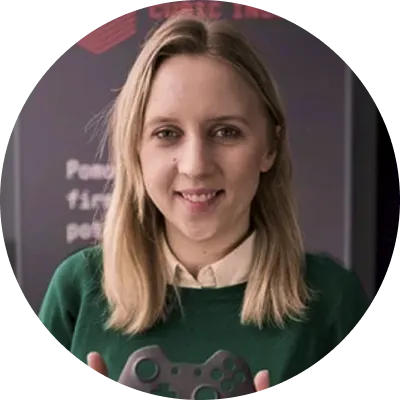
Magdalena Pietrasińska
Sales Enginneer
Applications
Examples of 3D printing applications:
Witness the utilisation of 3D printing by diverse factories and companies in the production of novel devices and even prostheses.
Technical
specification
Multi Jet Fusion
Standard lead time
3-5 days
Dimensional accuracy
+/-0.3mm ≤ 100mm
+/-0.3% >100mm
Layer thickness
80 microns
Minimum wall thickness
1 mm
Maximum build dimensions
380 x 284 x 380 mm
The material used in printing
Poliamid PA12
Part density
1.01 g/cm3
standard ASTM D792
Tensile strength - XY
48 MPa/6960 psi
standard ASTM D638
Tensile strength - Z
48 MPa/6960 psi
standard ASTM D638
Tensile modulus - XY
1700 MPa/245 ksi
standard ASTM D638
Tensile modulus - Z
1800 MPa/260 ksi
standard ASTM D638
Elongation at break - XY
20%
standard ASTM D638
Elongation at break - Z
15%
standard ASTM D638
Heat deflection temperature 1
Heat deflection temperature 2
175°C
95°C
standard ASTM D648
@ 0.45 MPa
@ 1.82 MPa
The range of finish options
See how your parts can be finished
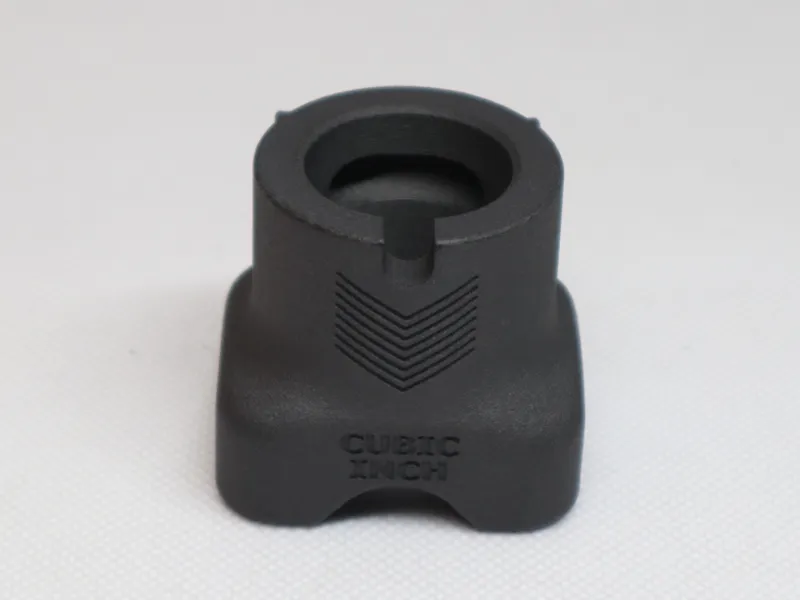
Sanding with graphite

Sanding without graphite
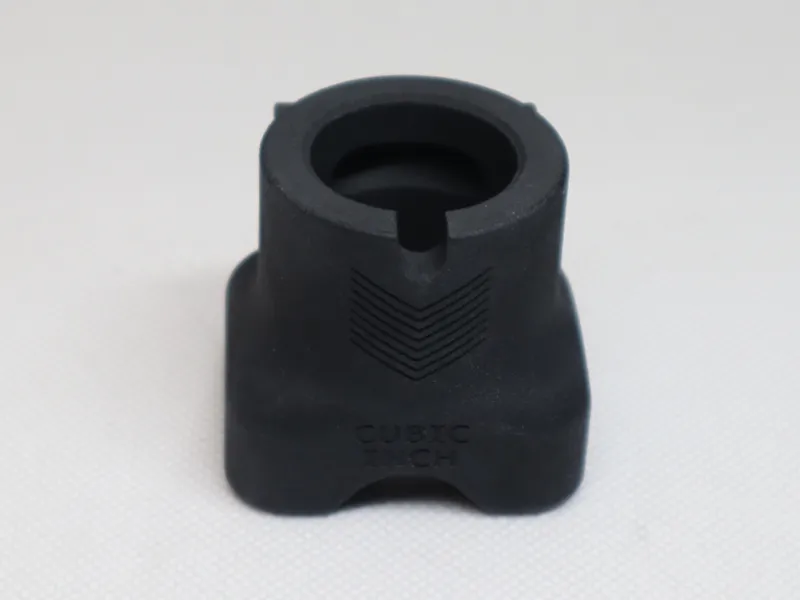
Polyshot surfacing
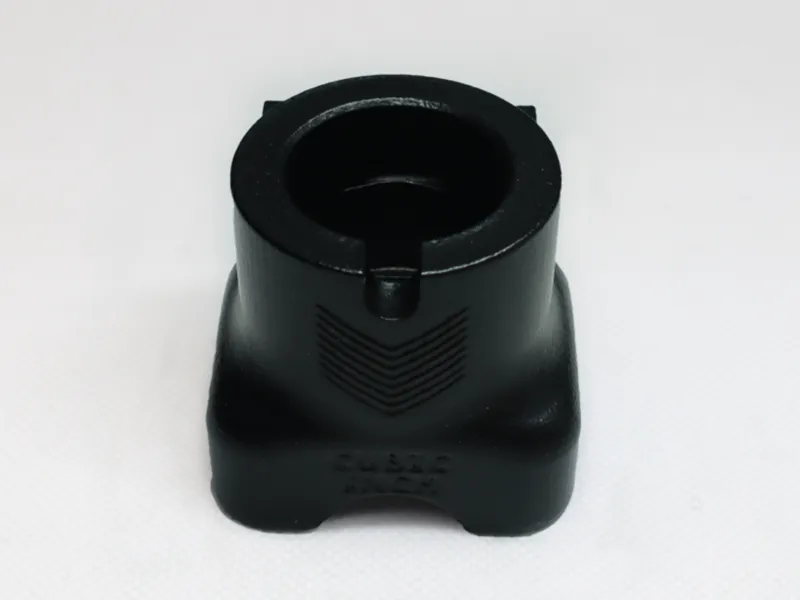
Vapor fusing



Dyeing

Thread inserts
FAQ
Our experts provide insights and answers to common questions regarding HP's Multi Jet Fusion (MJF) technology, recognized as the fastest-growing additive manufacturing method globally.

Practical Insights into Additive Manufacturing






